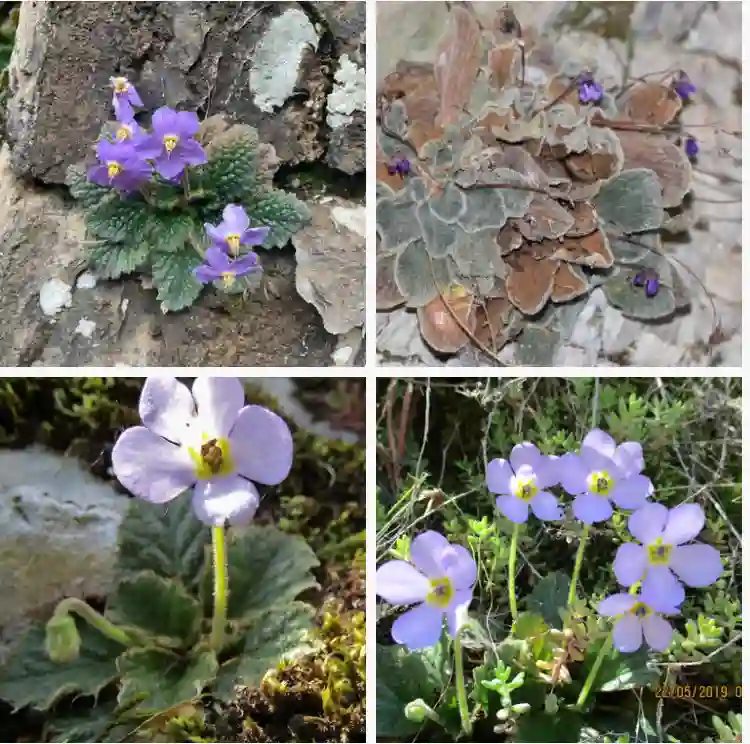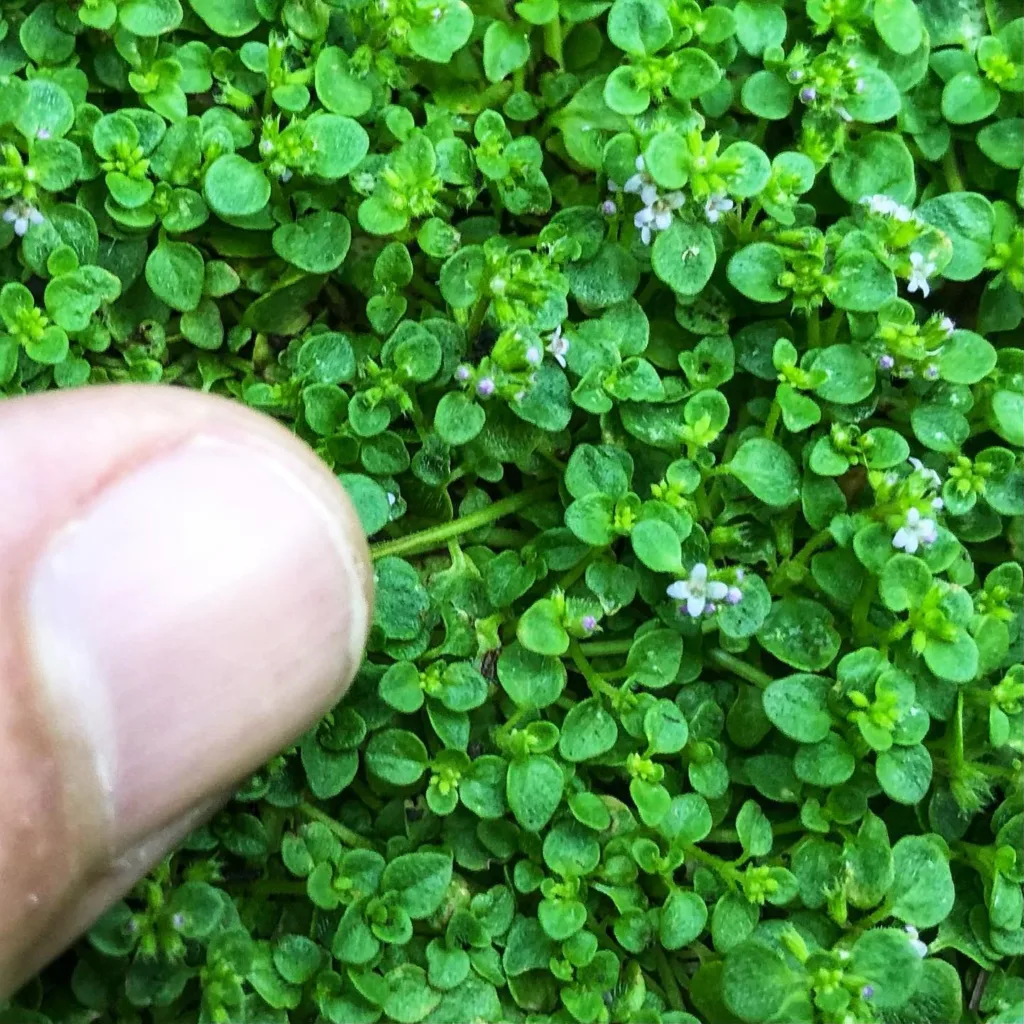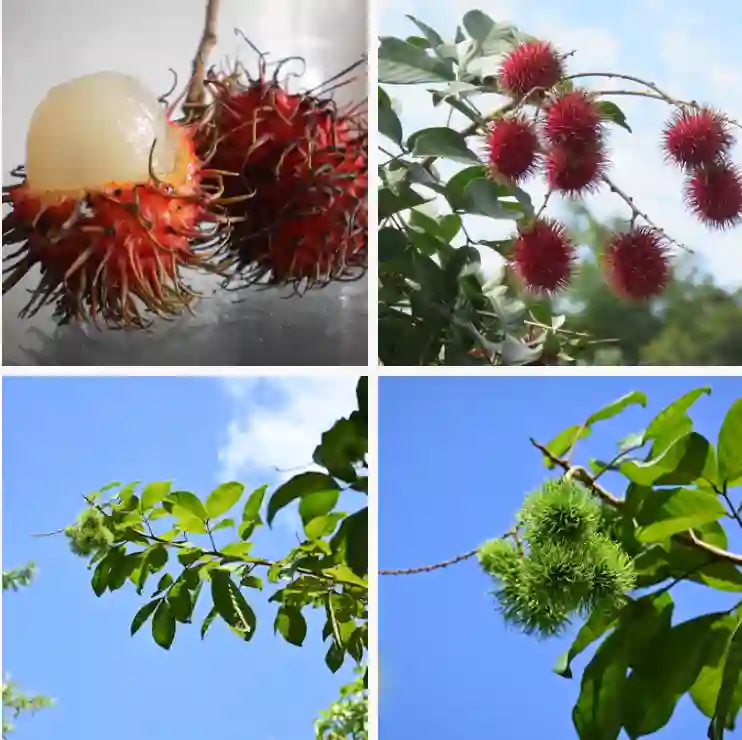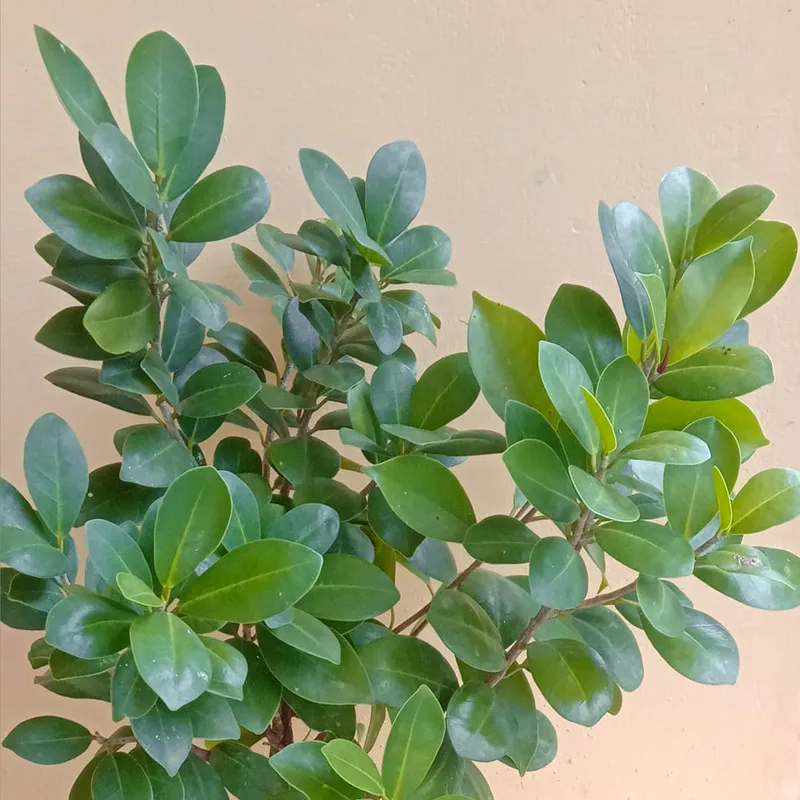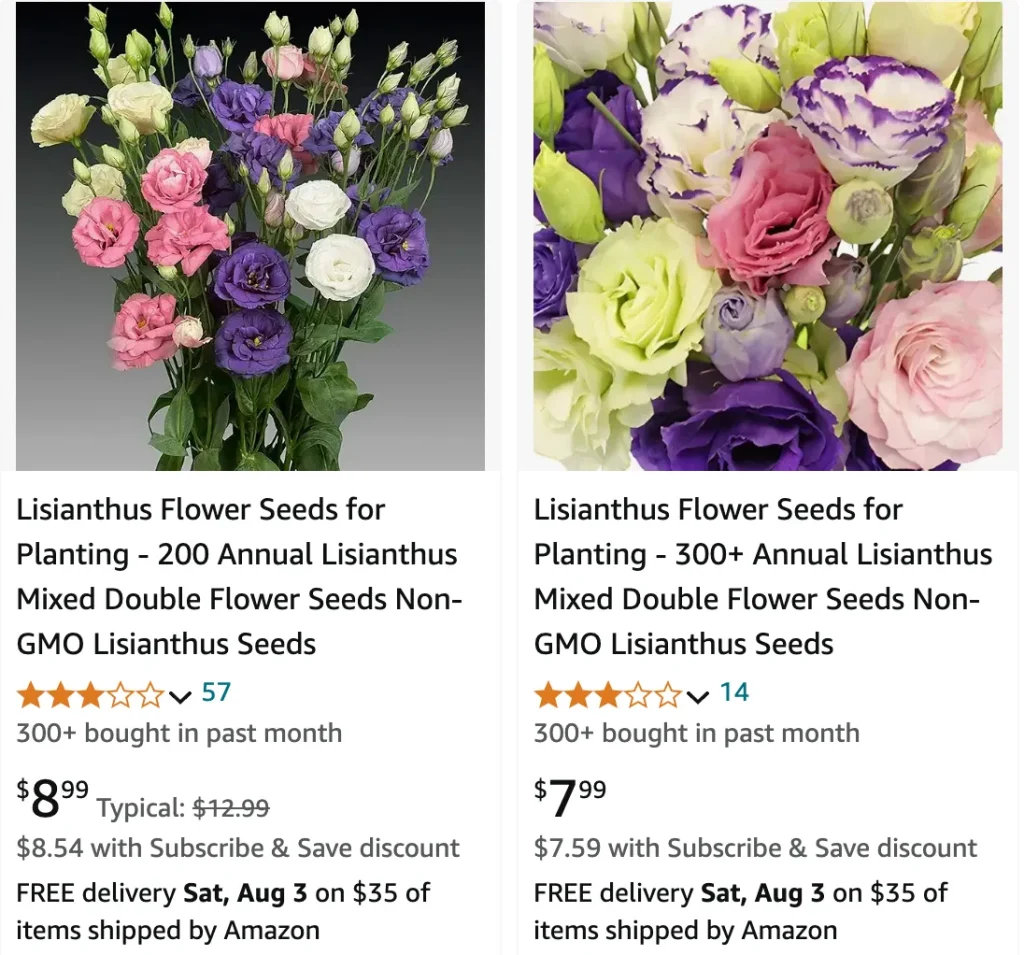
What is Lisianthus?
Lisianthus, scientifically known as Eustoma Grandiflorum, is a stunning flower that comes in various colors like white, purple, pink, and blue. They have delicate, ruffled petals and are often compared to roses. These flowers are native to the southern United States, Mexico, and the Caribbean.
How to Grow Lisianthus from Seed?
Growing Lisianthus from seed can be a bit challenging but rewarding. I usually start by sowing the seeds indoors about 10-12 weeks before the last frost date. Here’s my step-by-step process:
- Seed Starting Mix: Use a well-draining seed starting mix.
- Sowing Seeds: Sow the seeds on the surface of the mix without covering them, as they need light to germinate.
- Humidity: Keep the soil moist and cover the tray with plastic to maintain humidity.
- Light and Temperature: Place the tray under grow lights at a temperature of 70-75°F.
- Transplanting: Once the seedlings have a few true leaves, transplant them into larger pots before moving them outside after the danger of frost has passed.
How to Care for Lisianthus?
Caring for Lisianthus involves a few key steps:
- Sunlight: They thrive in full sun, requiring at least 6 hours of direct sunlight daily.
- Soil: Plant them in well-draining soil with a pH of 6.5-7.0.
- Watering: Water regularly but allow the soil to dry out between waterings to prevent root rot.
- Fertilizing: Feed them with a balanced fertilizer every 2-3 weeks during the growing season.
- Staking: Taller varieties may need staking to support their long stems.
Where to Buy Lisianthus Plants?
You can buy Lisianthus plants from various sources:
- Local Nurseries: Check with local garden centers and nurseries.
- Online Retailers: Websites like Burpee, Johnny’s Selected Seeds, and Plant Delights Nursery offer Lisianthus plants and seeds.
- Farmers Markets: Sometimes, local farmers markets have vendors who sell young Lisianthus plants.
Do You Pinch Lisianthus?
Yes, pinching Lisianthus is beneficial. When the plants are about 6-8 inches tall, I pinch the top set of leaves. This encourages the plant to produce more branches, leading to a bushier plant with more blooms. Just make sure to use clean, sharp scissors to avoid damaging the plant.
How to Propagate Lisianthus?
Besides seeds, Lisianthus can be propagated through cuttings. Here’s how I do it:
- Cuttings: Take a 4-6 inch cutting from a healthy plant.
- Rooting Hormone: Dip the cut end in rooting hormone to encourage root growth.
- Planting: Plant the cutting in a well-draining potting mix and keep it moist.
- Environment: Place the cutting in a warm, bright location but out of direct sunlight.
- Transplanting: Once the cutting has established roots, transplant it into the garden.
How to Harvest Lisianthus Flowers?
Harvesting Lisianthus flowers is straightforward. I typically do it in the morning when the flowers are the freshest. Here’s my method:
- Timing: Cut the flowers when at least two to three blooms have opened on the stem.
- Tools: Use sharp, clean shears to avoid crushing the stems.
- Water: Immediately place the cut flowers in water to keep them hydrated.
When to Harvest Lisianthus?
The best time to harvest Lisianthus is early in the morning or late in the evening when temperatures are cooler. I find this helps the flowers retain their freshness and last longer in vases.
Do Deer Eat Lisianthus?
Deer generally avoid Lisianthus. However, they might nibble on them if food is scarce. To protect your plants, you can use deer repellents or fencing.
What to Plant with Lisianthus?
Lisianthus pairs well with other sun-loving flowers. In my garden, I plant them alongside:
- Roses: They complement each other beautifully.
- Lavender: The contrast in color and texture is lovely.
- Salvia: Their spikes add a nice vertical element to the garden.
How to Deal with Pests and Diseases in Lisianthus?
Lisianthus can be susceptible to pests like aphids and diseases like root rot. Here’s what I do:
- Aphids: Spray with insecticidal soap or neem oil.
- Root Rot: Ensure proper drainage and avoid overwatering.
- Regular Inspection: Check plants regularly for signs of pests or disease.
Growing Lisianthus is a delightful experience that adds charm to any garden. With a bit of care and attention, these stunning flowers will reward you with their beauty all season long.
If i die, water my plants!
